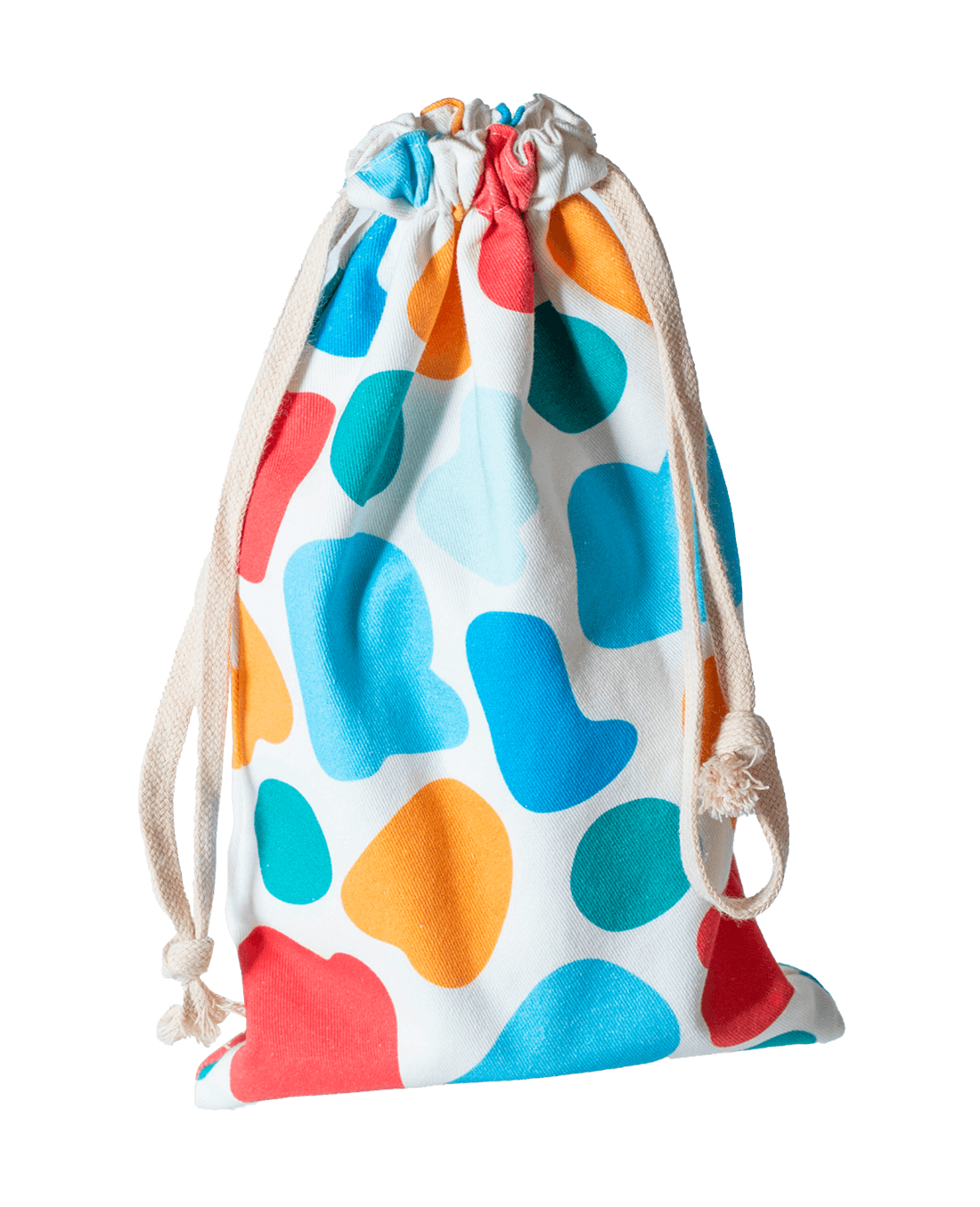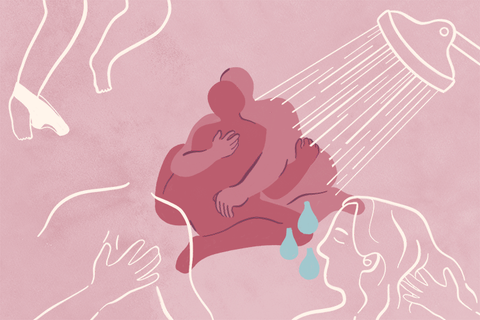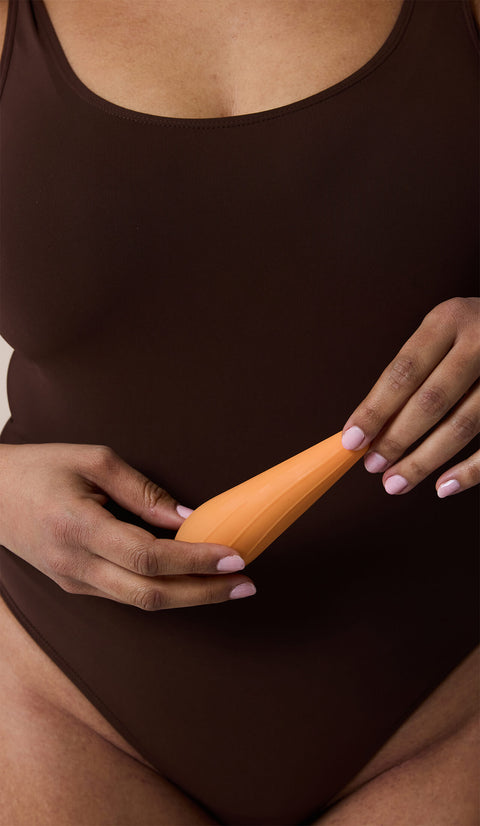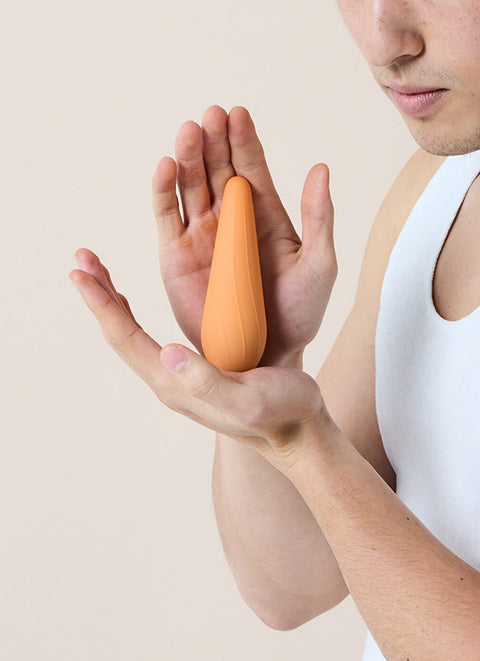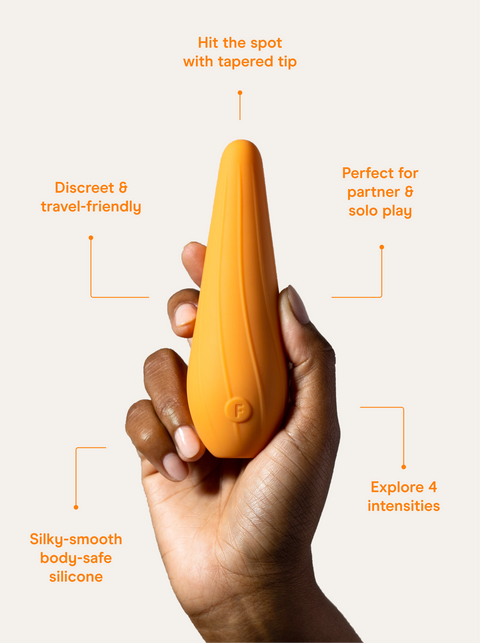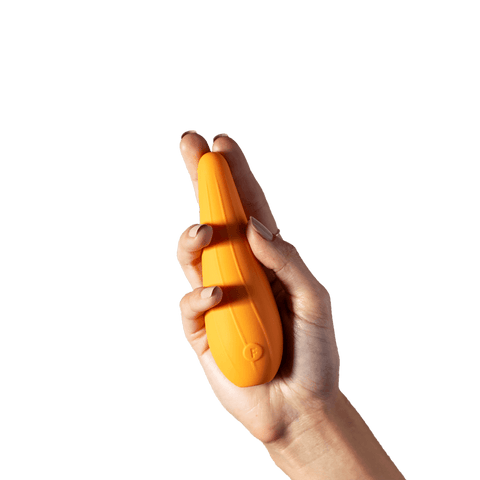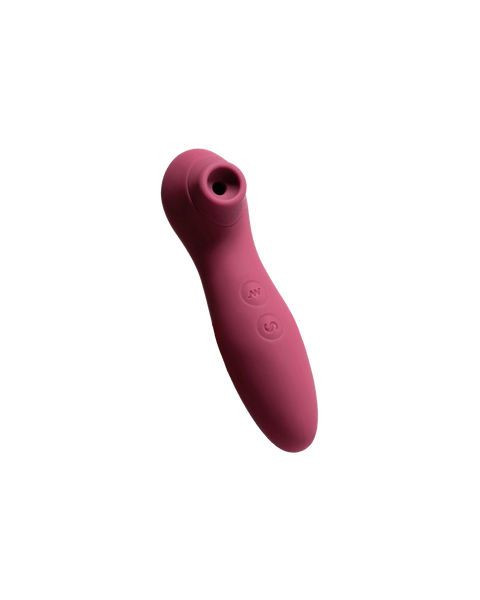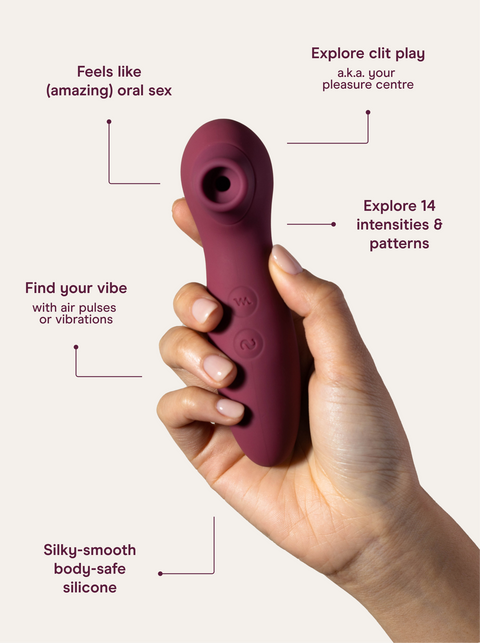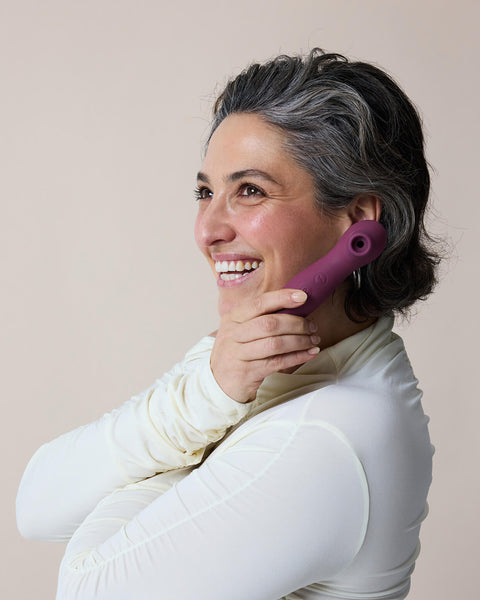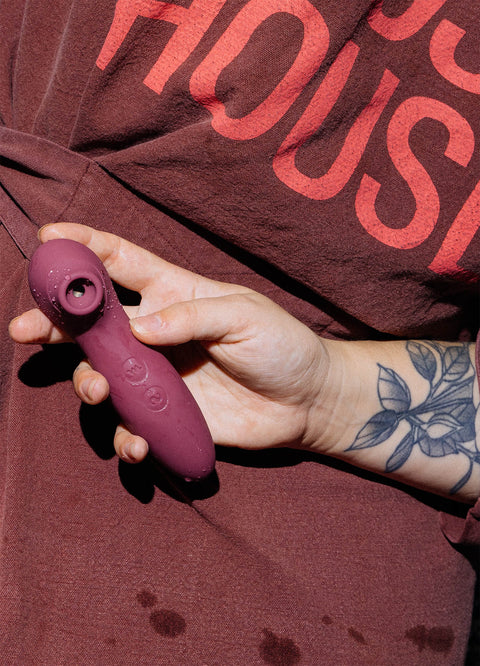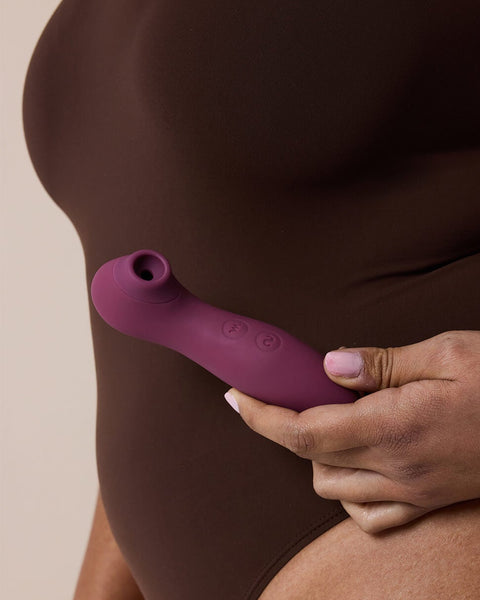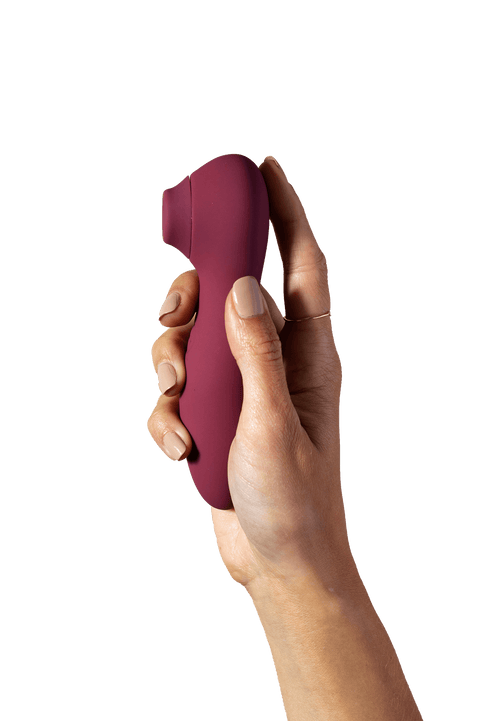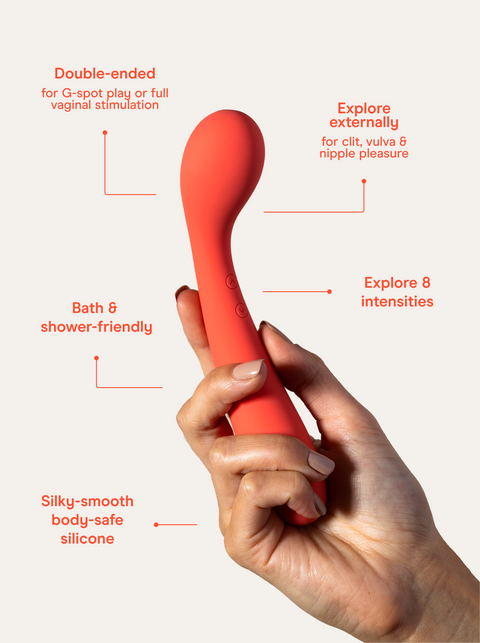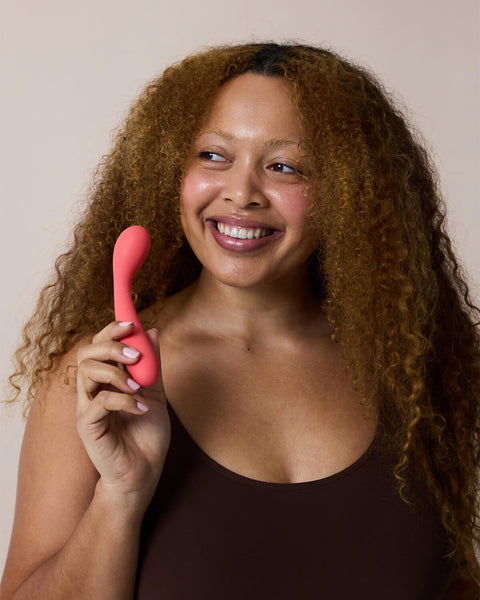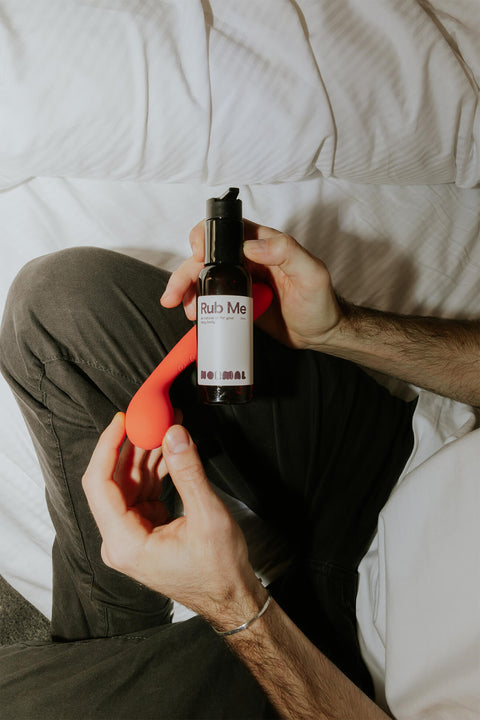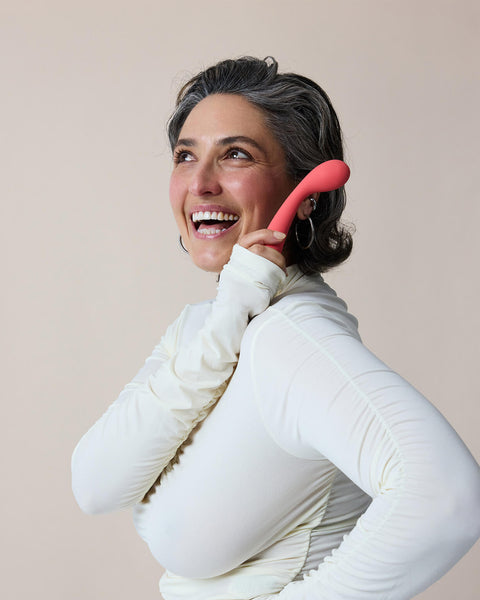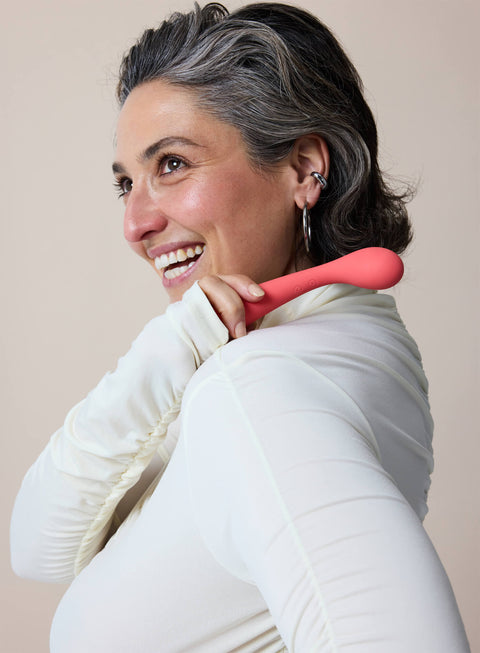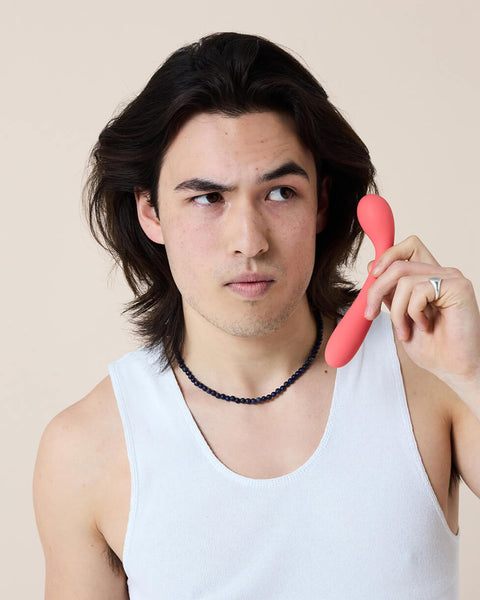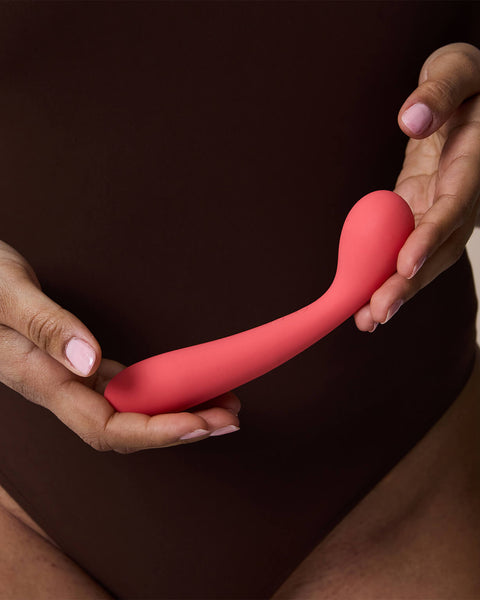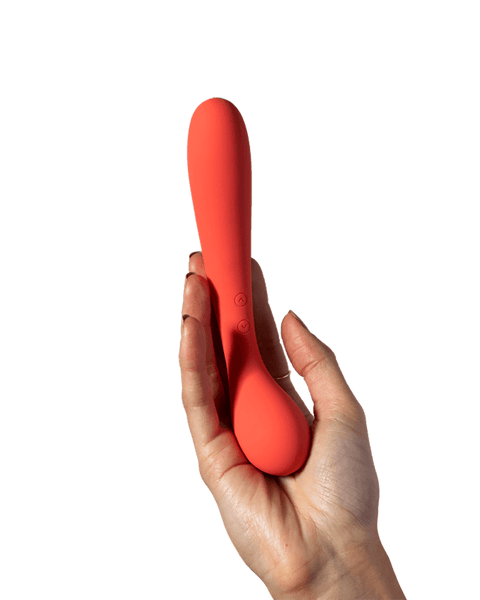Foreplay is like eating kale: we know we should probably be doing it, but sometimes it’s hard to get started.
It can also be confusing to figure out exactly what kind of foreplay we should be engaging in, and how we can find something that turns us on as much as it does our partner.
Here, we take a deep dive into foreplay and find out what it is, how to do it, and how different styles of desire can help us have better and more fulfilling foreplay.
First things first: take sex off the menu
It’s pretty common to think of foreplay as a precursor to sex—in fact, it’s the very definition of the word.
There’s definitely nothing wrong with that, because it often does come before sex, but for the purposes of this article we’re going to encourage you to think about foreplay as something to be enjoyed without the guarantee of sex at the end.
Thinking about foreplay this way will hopefully encourage you to do two things: firstly, maximise the pleasure you derive from foreplay without worrying about holding anything back for later, and secondly, spend more time enjoying foreplay rather than potentially rushing through it.
If you practise foreplay with your partner and find that it gets you so hot you simply have to have sex with each other, great—but we don’t want to think about foreplay as a task you have to complete on your way to the reward of sex.
Spontaneous and responsive desire
Do we need to be turned on to engage in foreplay, or is foreplay supposed to turn us on? It’s a common question, and one that doesn’t have a right or wrong answer.
Many of us are tempted to say that we must be turned on before foreplay and a lot of us put off foreplay because we’re not turned on, but sex educator Emily Nagoski recently put forward a theory about desire and arousal that may totally change your thinking.
In her book Come As You Are, Nagoski proposes that there are two main forms of desire: spontaneous desire and responsive desire.
Spontaneous desire is the one we’re probably most familiar with. It’s the urge that hits you, seemingly out of the blue, and leaves you feeling aroused.
It doesn’t really seem to be inspired by any one thing, it’s just that feeling you get. We’re often told that this is how desire occurs—in fact, we’re often told that this is the only way desire occurs.
Nagoski compares this form of desire to, “our fairy godmother, appearing out of nowhere to grant our wishes”.
But Nagoski put forward that there is a second kind of desire, called responsive desire.
Responsive desire is desire that occurs in response to some kind of stimulus: like visual or physical, for example.
Responsive desire happens when you smell your partner’s cologne, see a sexy photo or video, or are touched in a particular way.
“Instead of emerging in anticipation of sexual pleasure, like spontaneous desire, responsive desire emerges in response to sexual pleasure,” Nagoski writes.
Nagoski notes that researchers have estimated about 30% of women have responsive desire as their primary form of desire, and that only a small percentage of men (about 5%—10%) experience it overall.
Spontaneous desire, on the other hand, is experienced by more men than women—although we believe that most people will probably experience both forms of desire at least once or twice in their lives.
In some ways, it’s similar to how we feel other physical desires: sometimes we’re not hungry until we see something really delicious, and sometimes we don’t feel tired until we get into bed and then within minutes we’re asleep.
Spontaneous desire and responsive desire are both valid and normal ways to feel sexual desire—they’re just different from each other.
If you’re someone who doesn’t feel a lot of spontaneous desire, then you might have previously thought that you don’t feel a lot of desire at all.
But maybe you (or your partner) are more of a ‘responsive desire’ person, and maybe knowing that is the key to understanding, and enjoying, foreplay.
How to activate responsive desire
Nagoski writes that responsive desire is triggered by sexual pleasure, but we think it can also be triggered by sensual pleasure.
Not every interaction needs to be explicitly sexual, but it should be caring, attentive, thoughtful, and intimate—something to make your partner feel comfortable and relaxed.
With that in mind, we’ve put together a list of some things you may want to try as part of foreplay.
These may trigger responsive desire, and they can also add to spontaneous desire!
- Give your partner a genuine compliment
- Stroke their back
- Play with their hair
- Ask them about their fantasies
- Share a fantasy you have involving them
- Rub their stomach
- Take a shower together
- Reminisce on a sexy memory you two have shared
- Give them a foot rub
- Nibble their thighs
- Undress them slowly
- Rest your hand on their leg
- Tell them how they turn you on
- Kiss their neck
- Run your fingers along their arms
- Gently and slowly scratch their scalp
- Take a shower or bath together
- Let them take your hand and show you where they want to be touched
This isn’t an exhaustive list, of course—you should experiment and think of your own additions too!
Remember to keep your partner’s erogenous zones in mind.
Not just limited to the typical places like nipples, genitals, and butt, erogenous zones are anywhere it feels good to be touched.
Some common ones include the feet, wrists, back, neck, thighs, and earlobes, but we bet your partner has even more that are just waiting to be discovered.
Engaging with these erogenous zones and touching them in a gentle manner is a great way to begin foreplay, and may help to activate your partner’s responsive desire as well.
How to put it all together
The most important thing you can do as part of foreplay is pay attention to your partner and make sure they’re happy and consenting to everything that’s going on.
One way to get an idea of whether or not your partner is comfortable with how things are proceeding is by checking out their body language.
Are they leaning in to you, smiling, and making eye contact? That’s a good sign.
But if they’re moving away from you, folding their arms, and avoiding your gaze then you should pause for a moment and check in to see if they’re okay.
Of course, you need to do more than just read your partner’s body language to make sure they’re consenting: speak to them and ask if they’re feeling good, if they want to continue, or if they need to take a break.
There is no ‘one size fits all’ guide to foreplay, and for good reason.
What works for one person might not work for another: one person might love their feet being rubbed, another might hate it.
Someone else might enjoy a steamy shower with their partner while another person might want that time to themselves!
Take foreplay as an opportunity to learn about what your partner enjoys and show them what you like, too.
Learning about each other’s desires won’t just help you have better sex, it will help you develop a deeper and more intimate connection as well.
To learn more about the foundations of great sex with acclaimed sex coach Georgia Grace, check out NORMAL's video masterclass, The Modern Guide To Sex.
